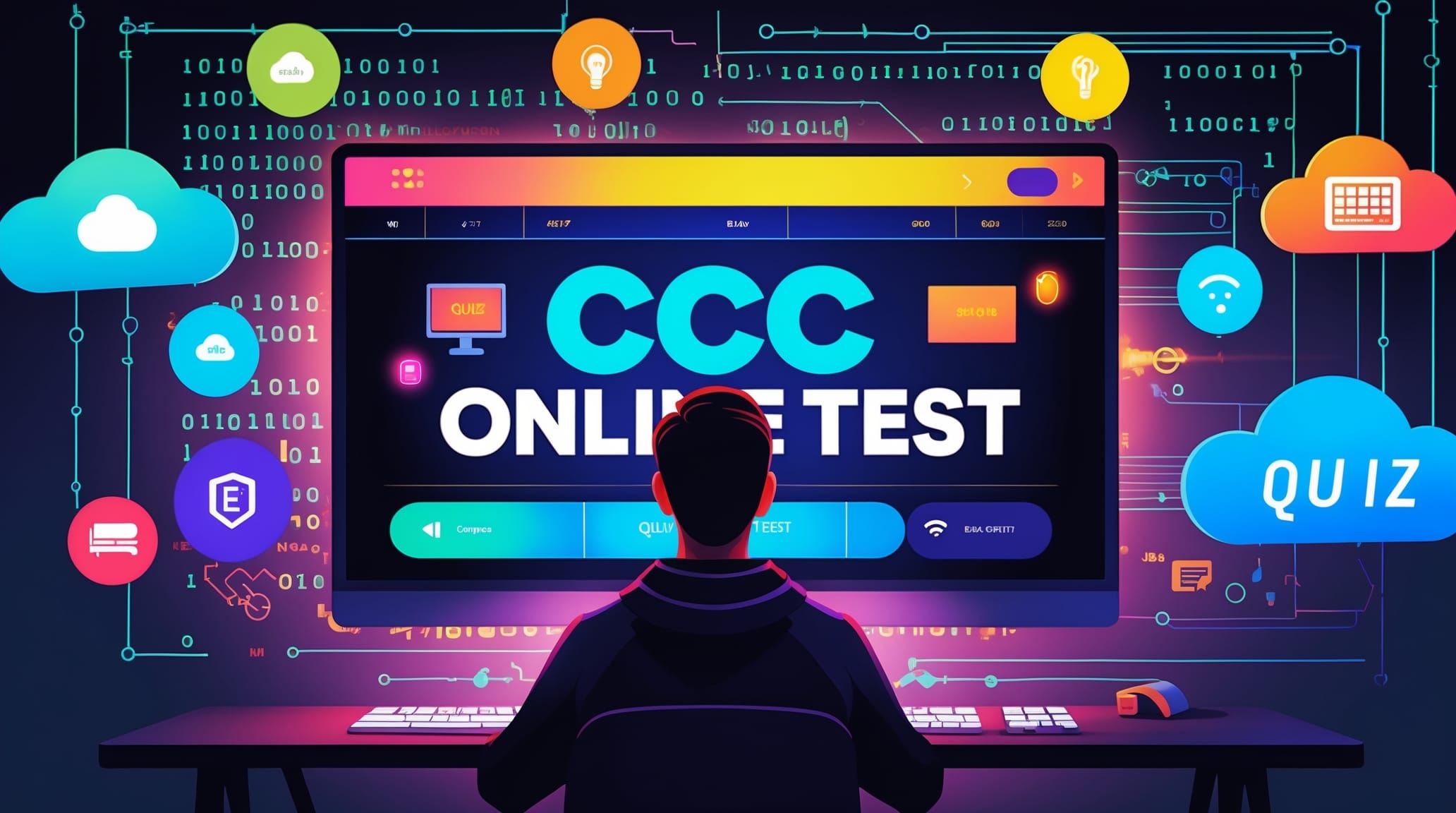In today’s rapidly evolving educational landscape, understanding adolescent mental health education has become crucial for both educators and competitive exam aspirants. This comprehensive guide delves into the intricate relationship between pedagogy, adolescent development, and mental health, providing valuable insights for those preparing for educational and psychology-related competitive exams.
Table of Contents
Understanding the Importance of Adolescent Mental Health Education
Adolescence is a critical period of physical, emotional, and cognitive development. During this time, young people face numerous challenges that can significantly impact their mental health. Recognizing the importance of adolescent mental health education is the first step towards creating a supportive environment for young people to thrive.
The Role of Educators in Promoting Mental Health
Educators play a pivotal role in promoting mental health among adolescents. By incorporating mental health education into the curriculum, teachers can:
- Raise awareness about mental health issues
- Reduce stigma surrounding mental health
- Provide students with coping strategies and resources
- Identify early signs of mental health problems
Key Components of Adolescent Mental Health Education
To effectively address adolescent mental health, education programs should focus on several key areas:
- Emotional intelligence
- Stress management
- Healthy relationships
- Self-esteem building
- Coping with academic pressure
Pedagogical Approaches to Adolescent Mental Health Education
Implementing effective pedagogical strategies is crucial for successful adolescent mental health education. Here are some evidence-based approaches:
1. Social-Emotional Learning (SEL)
Social-Emotional Learning is a framework that helps students develop essential life skills. Incorporating SEL into adolescent mental health education can:
- Enhance self-awareness and self-management skills
- Improve social awareness and relationship skills
- Develop responsible decision-making abilities
2. Mindfulness-Based Interventions
Mindfulness practices have shown promising results in improving adolescent mental health. Educators can integrate mindfulness techniques such as:
- Guided meditation exercises
- Breathing awareness activities
- Body scan practices
3. Peer-Led Education Programs
Peer-led initiatives can be particularly effective in adolescent mental health education. These programs:
- Increase engagement and relatability
- Promote open discussions about mental health
- Empower students to support one another
Addressing Common Mental Health Concerns in Adolescents
Understanding and addressing common mental health issues is essential for effective adolescent mental health education. Here are some key areas to focus on:
Anxiety Disorders
Anxiety is one of the most prevalent mental health concerns among adolescents. Educators should:
- Teach anxiety management techniques
- Provide information on different types of anxiety disorders
- Offer resources for professional help
Depression
Adolescent depression is a serious concern that requires attention. Mental health education should:
- Highlight the signs and symptoms of depression
- Discuss the importance of seeking help
- Provide information on treatment options
Eating Disorders
Eating disorders often emerge during adolescence. Education programs should:
- Promote positive body image
- Discuss the dangers of disordered eating
- Provide information on seeking help for eating disorders

Integrating Technology in Adolescent Mental Health
In today’s digital age, leveraging technology can enhance the effectiveness of adolescent mental health education. Consider the following approaches:
1. Mobile Apps for Mental Health
There are numerous mental health apps designed specifically for adolescents. Educators can:
- Recommend evidence-based apps for stress management and mood tracking
- Teach students how to use these apps effectively
- Discuss the importance of digital well-being
2. Online Resources and Support Groups
The internet offers a wealth of resources for adolescent mental health. Educators can:
- Guide students to reliable online mental health resources
- Introduce moderated online support groups for teens
- Teach digital literacy skills to navigate mental health information online
Test your skill by practicing Free MCQ Quiz
Quiz Application
Challenges in Implementing Adolescent Mental Health
While the importance of adolescent mental health education is clear, there are several challenges in its implementation:
- Lack of trained personnel
- Limited resources and funding
- Stigma surrounding mental health
- Time constraints in the curriculum
Addressing these challenges requires a collaborative effort from educators, administrators, policymakers, and mental health professionals.
Best Practices for Effective Adolescent Mental Health
To maximize the impact of adolescent mental health education, consider the following best practices:
- Create a safe and supportive classroom environment
- Use age-appropriate language and examples
- Incorporate interactive and engaging activities
- Provide ongoing training and support for educators
- Collaborate with mental health professionals and community resources
Conclusion: The Future of Adolescent Mental Health Education
As we continue to recognize the importance of mental health in overall well-being, adolescent mental health education will play an increasingly vital role in schools and communities. By implementing evidence-based strategies and addressing key challenges, we can create a supportive environment that promotes positive mental health among adolescents.
For competitive exam aspirants, understanding the complexities of adolescent mental health education is crucial. This knowledge not only prepares you for potential exam questions but also equips you with valuable insights for future roles in education or psychology.
We encourage you to delve deeper into this topic, explore additional resources, and stay updated on the latest research in adolescent mental health education. Your commitment to this field can make a significant difference in the lives of young people.





